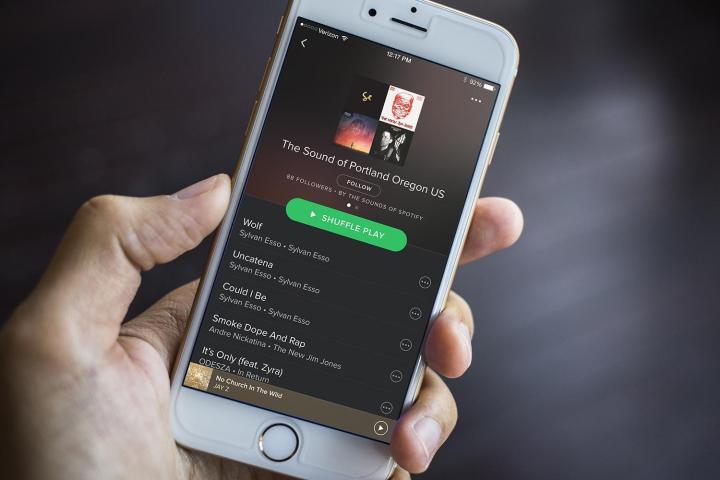
As per the new deal, artists would have the option to make their new music available exclusively to paying Spotify customers. While singles from a new album would still be available to everyone on Spotify (premium or not), the ability to listen to a new album in its entirety would be limited to subscribers. Moreover, Spotify is giving Universal Music Group more visibility into Spotify’s impressive data warehouse to help the industry giant better engage audiences.
“We will be working together to help break new artists and connect new and established artists with a broadening universe of fans in ways that will wow them both,” said Spotify CEO Daniel Ek. “We know that not every album by every artist should be released the same way, and we’ve worked hard with UMG to develop a new, flexible release policy.”
UMG boasts many of today’s most popular artists, including Drake, U2, the Weeknd, and Lady Gaga, and their deal with Spotify will likely spur other major labels (like Sony and Warner) to begin talks with Spotify, too, the New York Times reports. And these deals could be instrumental in helping the music service go public.
But it’s a two-way street — as much as Spotify needs these music labels, they need streaming services, too. Lucian Grainge, the chief executive of Universal, said in a statement that streaming now comprises a majority of the industry’s revenue. “Our challenge,” Mr. Grainge said, “is transforming that upturn into sustainable growth.” And Spotify just may be the missing link.


